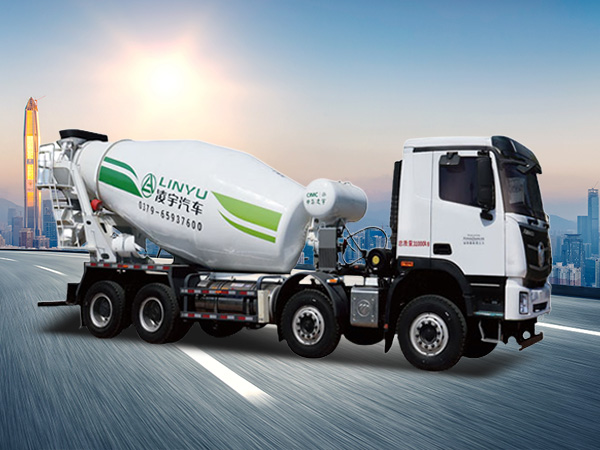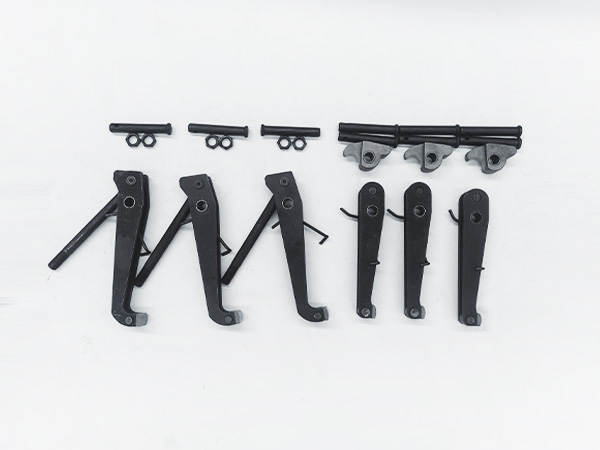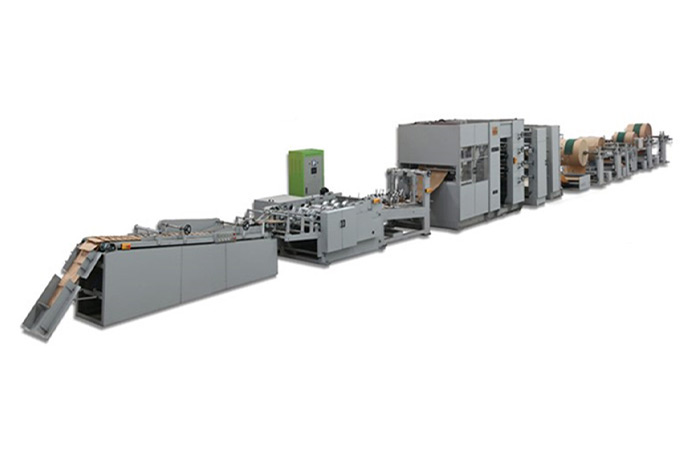https://www.ls-casting-mold.com/wp-content/uploads/2021/06/Шариковая машина высокого давления 7.jpg
400
600
лсмоев
http://www.ls-casting-mold.com/wp-content/uploads/2018/12/lslogo-300x138.png
лсмоев2023-04-13 09:27:332023-04-13 09:27:33Каков принцип работы машины для прессования мячей?
https://www.ls-casting-mold.com/wp-content/uploads/2022/06/20181211140209_1420.jpg
450
700
лсмоев
http://www.ls-casting-mold.com/wp-content/uploads/2018/12/lslogo-300x138.png
лсмоев2023-04-13 09:13:262023-04-13 09:13:26Какова внутренняя структура составной дробилки?
https://www.ls-casting-mold.com/wp-content/uploads/2022/02/Бетоносмеситель-грузовик (1)-e1645164067497.jpg
378
600
лсмоев
http://www.ls-casting-mold.com/wp-content/uploads/2018/12/lslogo-300x138.png
лсмоев2023-03-22 15:33:262023-03-22 15:33:26Сколько стоит новый автобетоносмеситель?
https://www.ls-casting-mold.com/wp-content/uploads/2022/12/Self-loading-garbage-truck.jpg
450
600
лсмоев
http://www.ls-casting-mold.com/wp-content/uploads/2018/12/lslogo-300x138.png
лсмоев2023-03-22 15:17:532023-03-22 15:17:53Какие типы санитарных грузовиков существуют?
https://www.ls-casting-mold.com/wp-content/uploads/2023/01/axle and forkings.jpg
800
800
лсмоев
http://www.ls-casting-mold.com/wp-content/uploads/2018/12/lslogo-300x138.png
лсмоев2023-03-22 15:05:062023-03-22 15:05:45ПОДРОБНОЕ ОБЪЯСНЕНИЕ ЭТАПОВ ПРОЕКТИРОВАНИЯ КОВКИ
https://www.ls-casting-mold.com/wp-content/uploads/2022/05/PU20.02602.jpg
700
700
лсмоев
http://www.ls-casting-mold.com/wp-content/uploads/2018/12/lslogo-300x138.png
лсмоев2023-03-22 14:46:322023-03-22 14:46:32Как проверить подшипник поворотного кулака
https://www.ls-casting-mold.com/wp-content/uploads/2022/06/IMG_6351.jpg
400
600
лсмоев
http://www.ls-casting-mold.com/wp-content/uploads/2018/12/lslogo-300x138.png
лсмоев2023-03-22 14:22:172023-03-22 14:22:17Какими характеристиками должны обладать опорно-поворотные устройства лесозаготовительной техники?
https://www.ls-casting-mold.com/wp-content/uploads/2023/03/10-дюймовый ремонтный комплект 2-e1679463670191.jpg
451
600
лсмоев
http://www.ls-casting-mold.com/wp-content/uploads/2018/12/lslogo-300x138.png
лсмоев2023-03-22 13:41:222023-03-22 13:41:22Какие распространенные запчасти входят в ремкомплект сцепления трактора?
https://www.ls-casting-mold.com/wp-content/uploads/2023/02/IMG_2522-e1676528073352.jpg
397
600
лсмоев
http://www.ls-casting-mold.com/wp-content/uploads/2018/12/lslogo-300x138.png
лсмоев2023-03-22 10:31:412023-03-22 10:31:41Каковы характеристики четырехстоечного стеллажа
https://www.ls-casting-mold.com/wp-content/uploads/2022/08/paper-tube-machine-2.jpg
376
495
лсмоев
http://www.ls-casting-mold.com/wp-content/uploads/2018/12/lslogo-300x138.png
лсмоев2023-03-22 10:13:262023-03-22 10:13:26Каковы характеристики машины для изготовления пакетов
Прокрутите к началу











